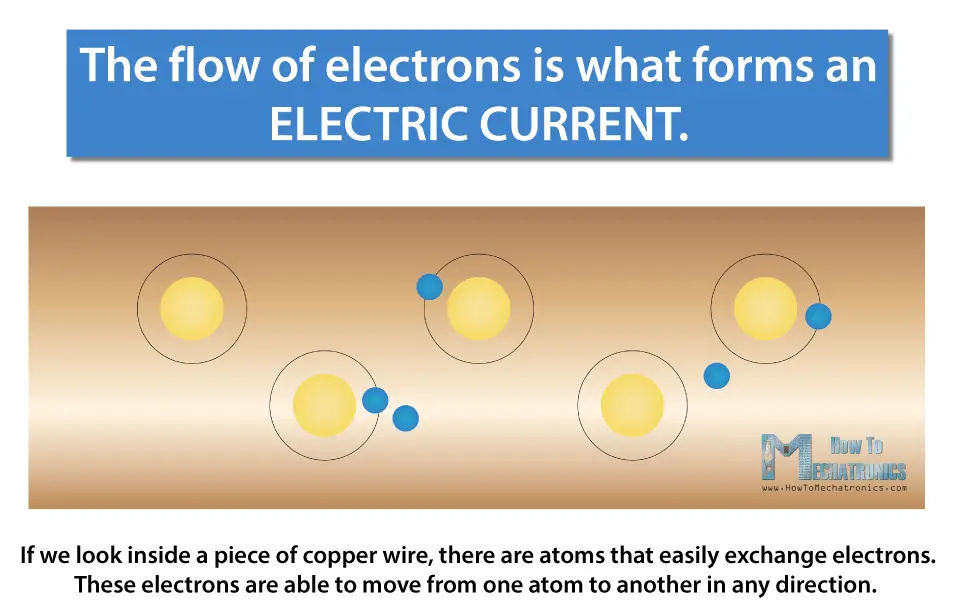Electricity Is The Flow Of Blank In A Conductor

Yet while the science behind the flow of electricity is very complex the basics of electrical flow or current are easy to understand if you learn some key terms and functions.
Electricity is the flow of blank in a conductor. The liquid flow analogy is so fitting that the motion of electrons through a conductor is often referred to as a flow a noteworthy observation may be made here. For most people electricity is a mysterious force that somehow magically appears when we flip a light switch or plug in an appliance. Whenever there is a movement of electrons through a conductor an electric current is created. Electrical device or load.
It is a form of energy that when in motion exhibits magnetic chemical or thermal effects. Substances in which electricity can flow are called conductors a piece of conducting material of a particular resistance meant for use in a circuit is called a resistor conductors are made of high conductivity materials such as metals in particular copper and aluminium resistors on the other hand are made of a wide variety of materials depending on factors such as the desired resistance. Electrons actually move through a wire from the negative terminal of a battery to the positive terminal. Electrical conductors allow electrons to flow between the atoms of that material with drift.
In electrical engineering a conductor or electrical conductor is an object or type of material that allows the flow of charge in one or more directions materials made of metal are common electrical conductors as metals have a high conductance and low resistance. This is an ideal quality in many cases strong insulators are often used to coat or provide a barrier between conductors to keep electric currents under control. Copper used in electric wiring and electric motors. Current can also be divided into two types dc and ac.
The most effective electrical insulators are. Which way does electricity flow. Static electricity electricity is seen as a spark after objects rub against each other. Static is the flow of electric charge or the flow of electrons in a wire.
Electric charges do not flow freely through insulators. Which way electricity flows depends what is being looked at. Electrons are negatively charged. 10 electrical insulators.
What is an electrical conductor. Electricity flows easily through a conductor because the electrons are free to move around in the object. It also helps to compare the flow of electricity through wires with the flow of. This can be seen in rubber coated wires and cables.
The movement of electrons from one atom to another along a conductor. The conductor may appear to be solid to our eyes but any material composed of atoms is mostly empty space. The or in an electrical circuit that will produce some useful work is know as or represents the resistance of that circuit. One is the amount of resistance that will allow one to flow with a pressure of one.
What do we call materials that allow an electric charge to pass through easily. Any material that conducts electricity.



















